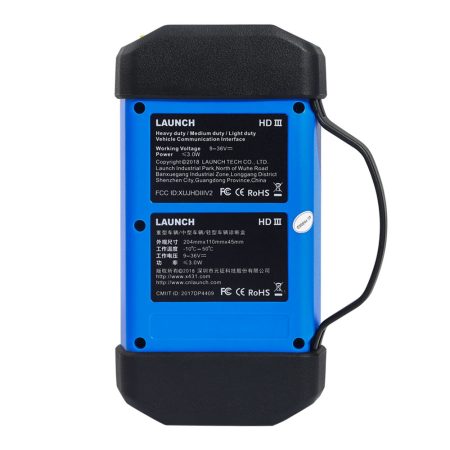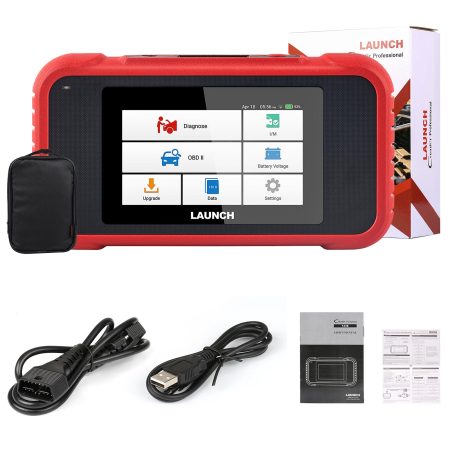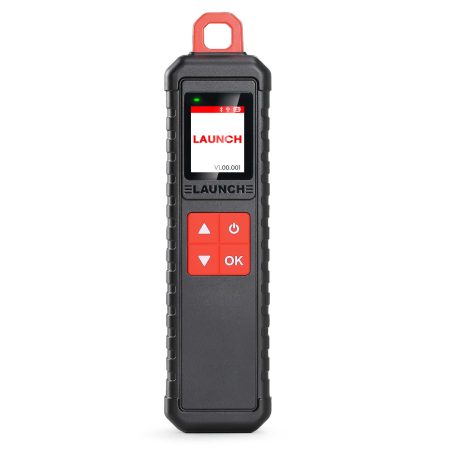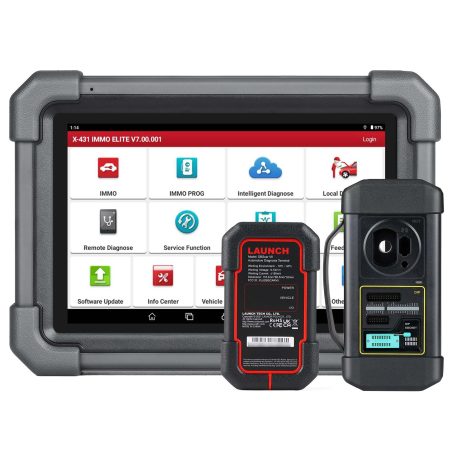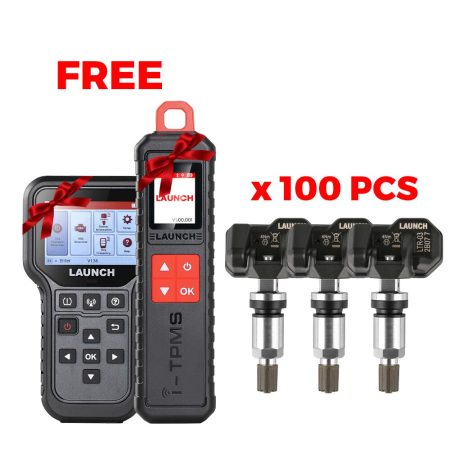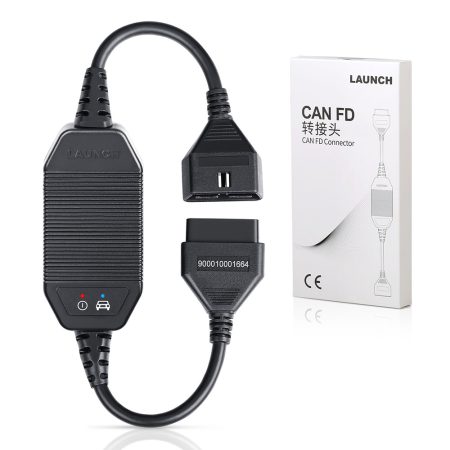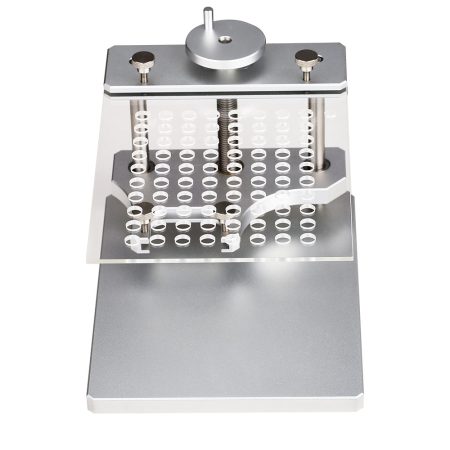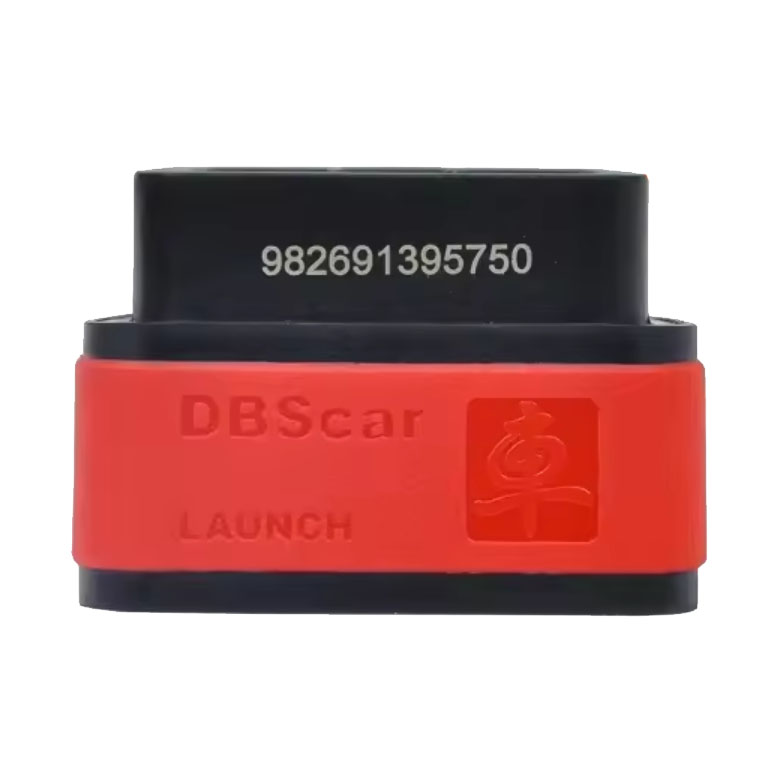LAUNCH CRP919E BT / CRP919X BT OBD2 scanner does not accept Launch X431 Oscilloscope as an add-on module to expand oscilloscope functions. Launch Oscilloscope only works with X431 Pro series scanners and higher-end PAD series scanners.
Can the oscilloscope app be added to Launch CRP919E BT?
The answer is yes.
Here we'll show how to add applications, including the oscilloscope app, to CRP919EBT to significantly expand your scan tool's capabilities and add valuable information resources for efficient automotive diagnostics.
For some users, the ability to use Google, Hscope, and scanner functions in one device is more important.
Launch CRP919EBT is a powerful automotive diagnostic tool distinguished by its intuitive interface, high performance, and unique ability to download third-party apps - a feature often missing in competing scan tools. This review covers its core features, including app integration, oscilloscope capabilities, and overall diagnostic performance.
Key Features and Usability
1. Intuitive Platform and Navigation
CRP919EBT's user-friendly design:
Smooth menu navigation.
Fast response time.
No lag during operation.
2. App Download Capability (Including Google Play Store)
Unlike many scan tools, CRP919EBT supports app installation, though access requires a workaround:
Google Play Store is preinstalled but hidden. To access it:
Go to Other Modules >> Files >> ES File Explorer >> APP.
Find and open Play Store from the app list.
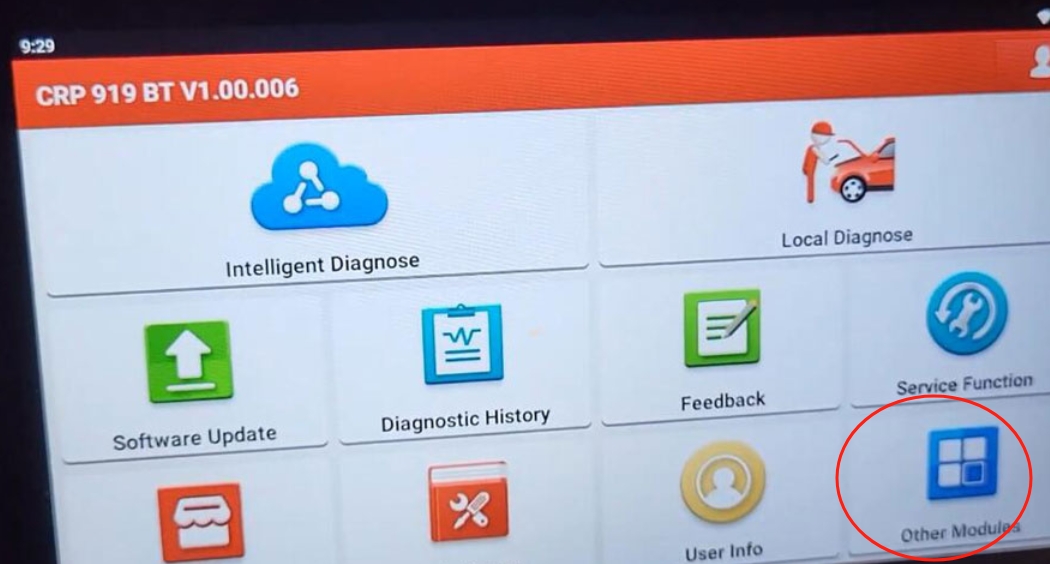
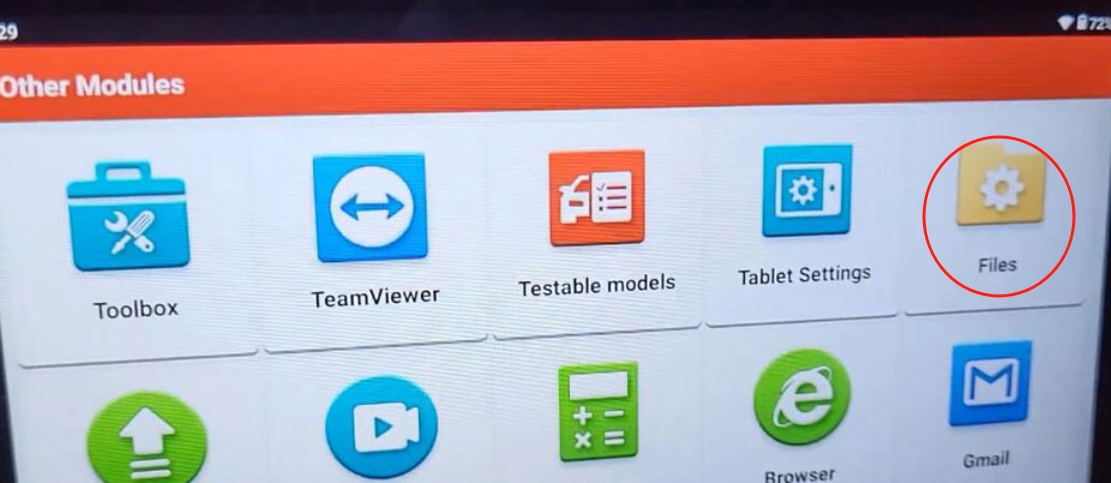
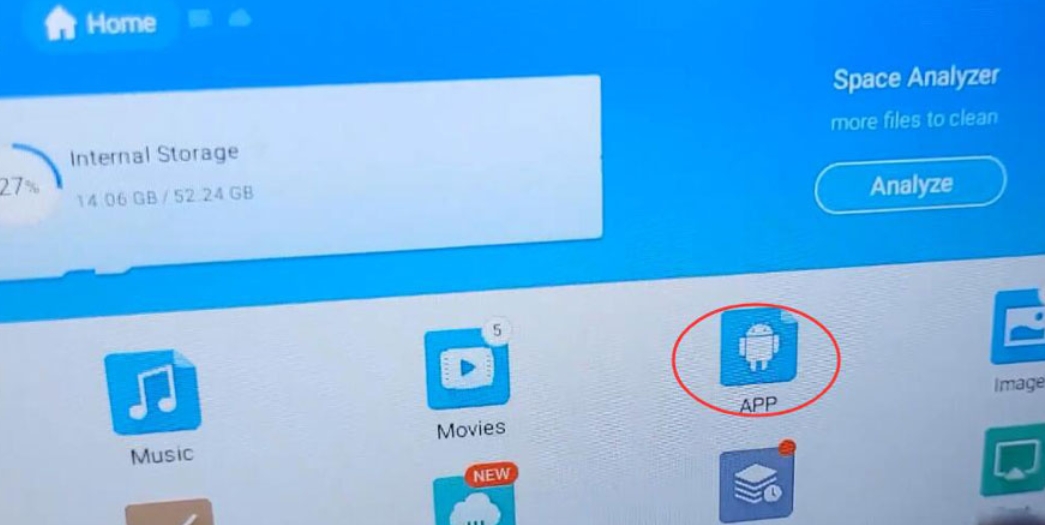
3. Expanding Functionality with Hscope Oscilloscope App
The ability to install specialized apps like Hscope elevates CRP919E BT to a new level. Hscope, developed by Martin Loren and available on Google Play, is a USB oscilloscope app that integrates seamlessly with the scan tool. When paired with compatible hardware like the HS502 dual-channel oscilloscope, CRP919EBT becomes a powerful diagnostic platform capable of waveform analysis.
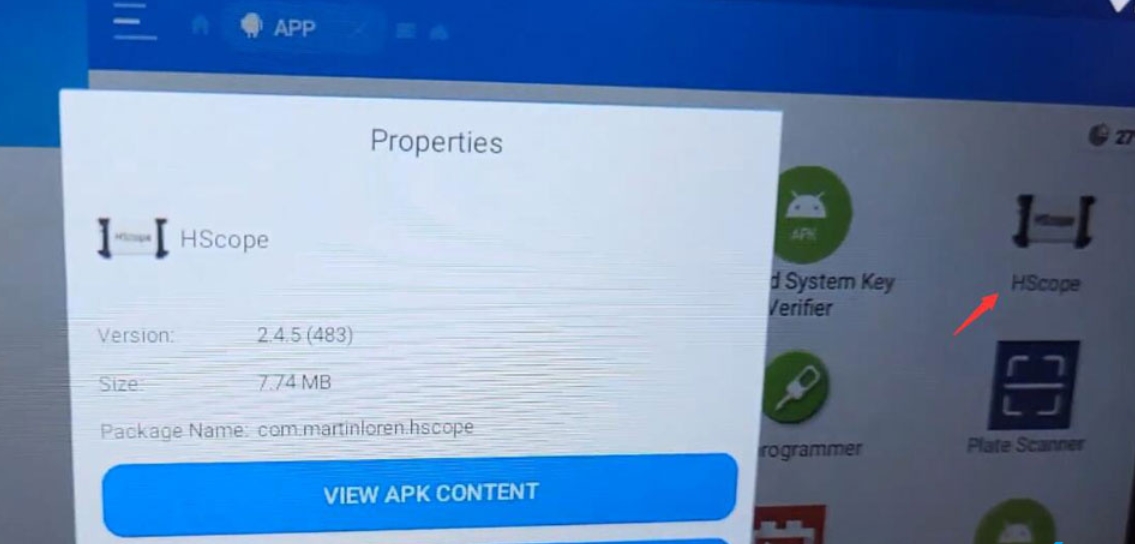
The 12-bit HS502 oscilloscope provides superior resolution and sampling rate, making it ideal for capturing fast signals like CAN bus waveforms. Though limited to two channels, it offers robust diagnostic capabilities for most automotive applications. For users needing more channels, Hscope also supports devices like the HEC 10008 8-channel oscilloscope, though it's limited to four channels in the app without additional licenses.
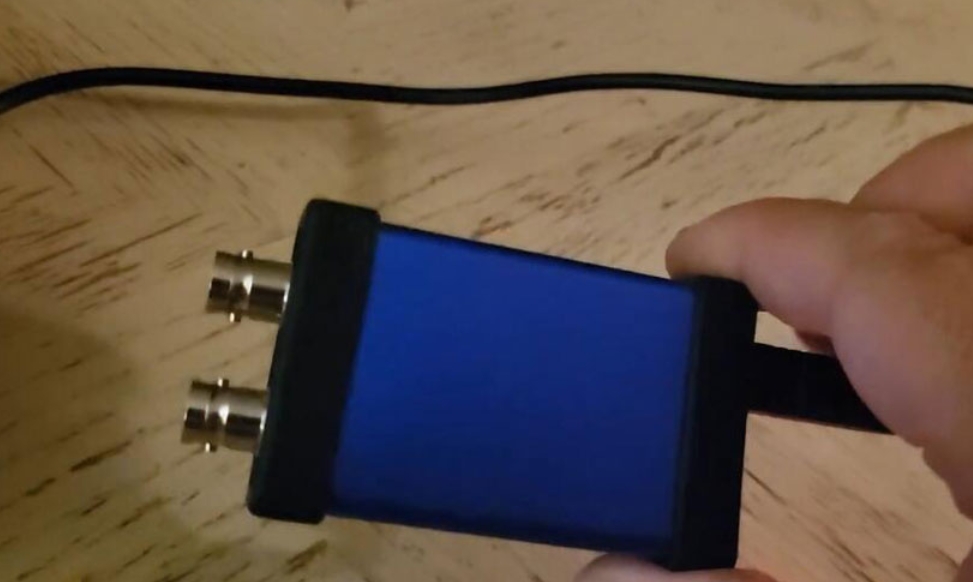
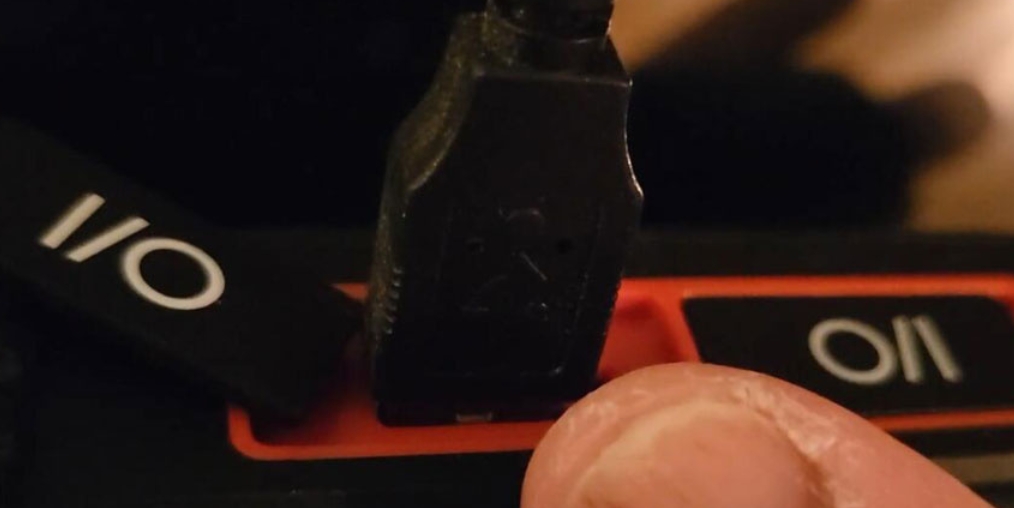
HS502 (2 channels, 12-bit)
Pros: High resolution, excellent for CAN signals.
Cons: Limited to 2 channels.
HEC 10008 (8 channels, 8-bit)
Pros: More channels (though only 4 work with Hscope).
Cons: Lower resolution, not ideal for fast signals like CAN.
The Hscope app itself is highly versatile, offering features such as:
Automotive overlays: Options for 360°/720° overlays and four-stroke cycle diagrams to assist waveform troubleshooting.
Long captures: Up to 26 minutes recording at 150ksps, perfect for intermittent fault diagnosis.
Multimeter mode: For additional diagnostic flexibility.
Customizable parameters: Including sample rate, timebase, voltage scale, attenuation, filters, and triggers.
The free version of Hscope supports one channel, while paid licenses unlock additional channels and automotive-specific modules. License costs start around $20 USD - a small price for enhanced functionality.
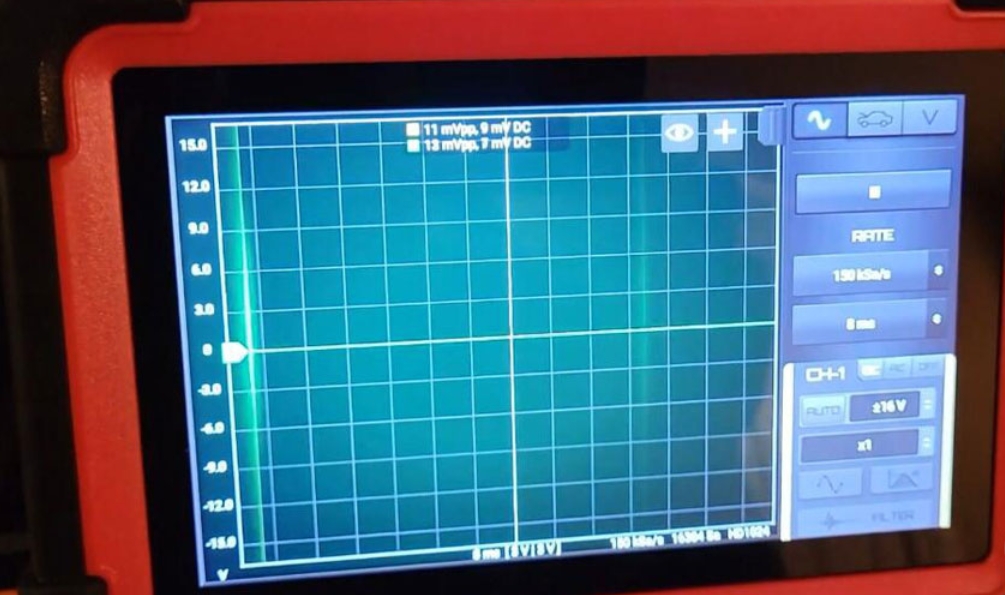
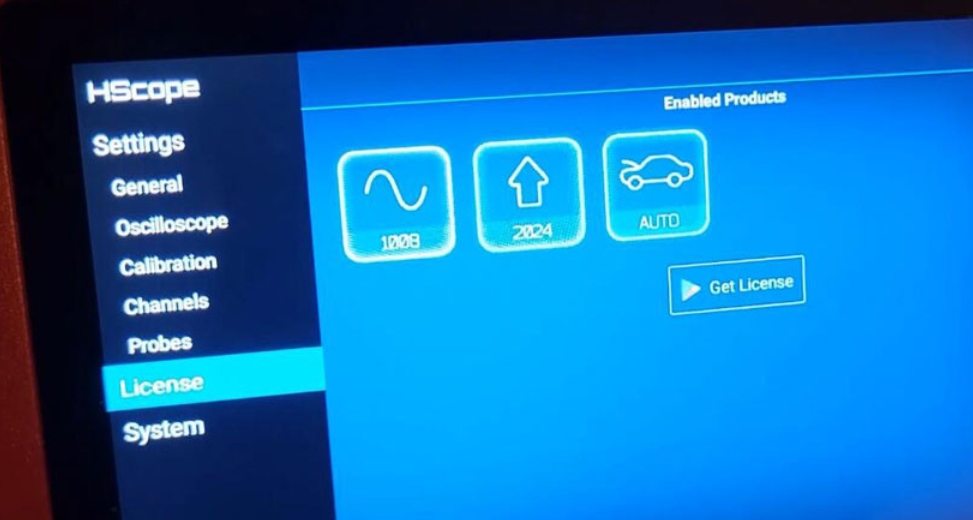
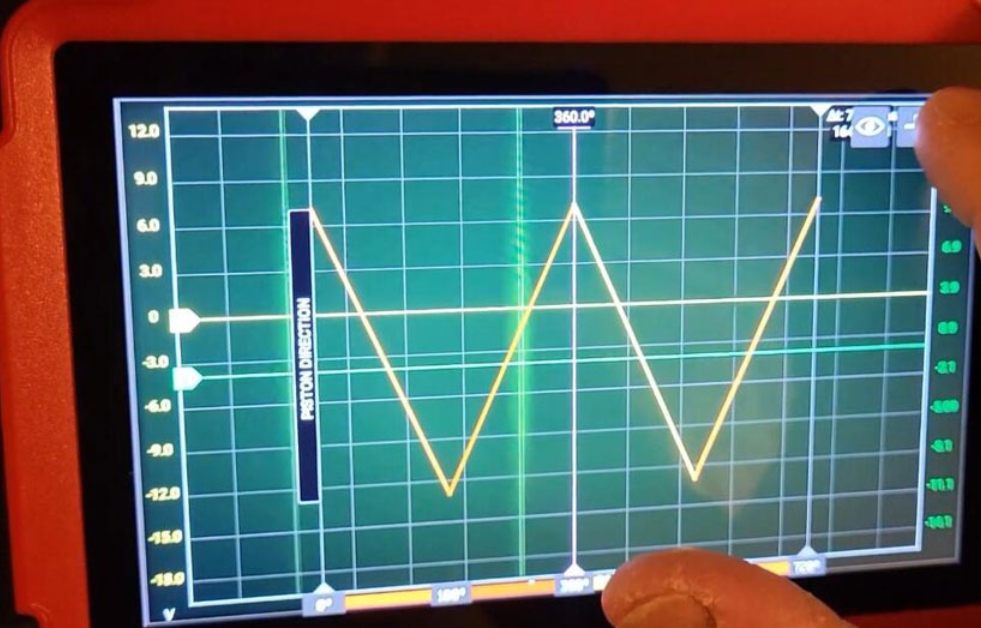
Drawbacks:
The Hscope app interface can be finicky - setting timebase/sample parameters is less intuitive than in dedicated PC software.
Lacks traditional Android home screen - apps require workarounds for access.
Hscope app limitations - better suited for 2-channel use; 8-bit oscilloscopes struggle with fast signals.

